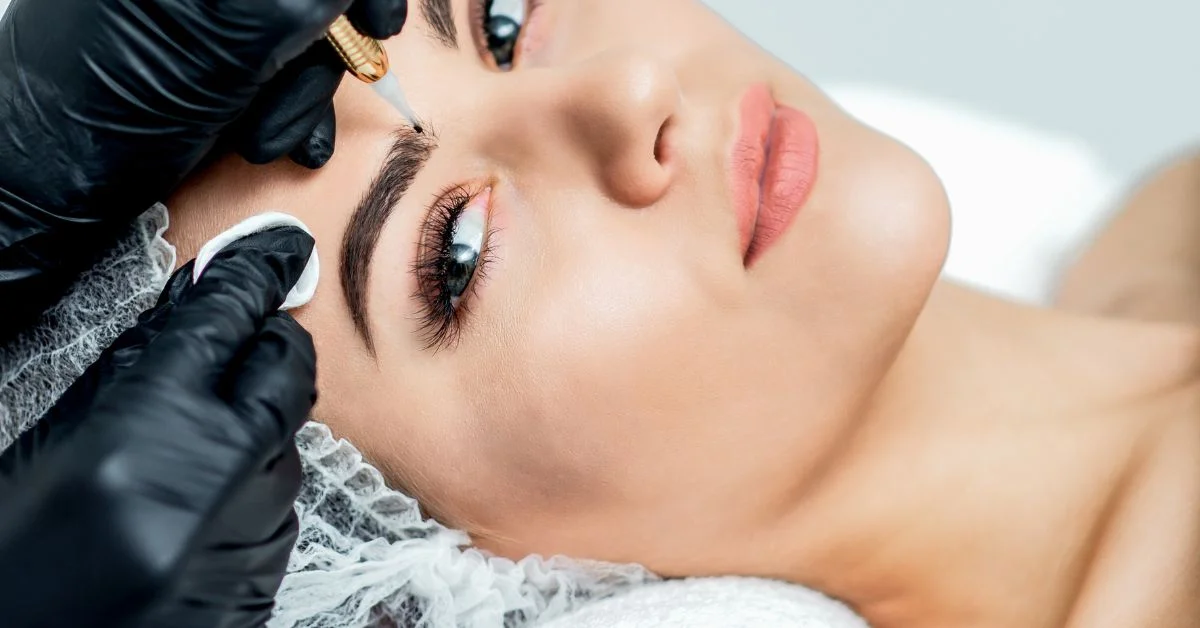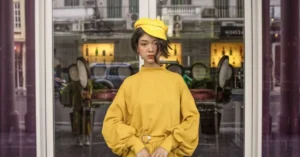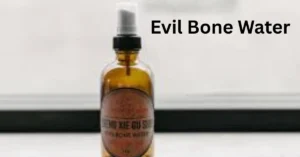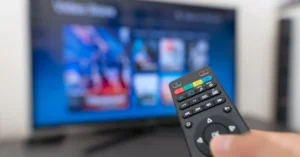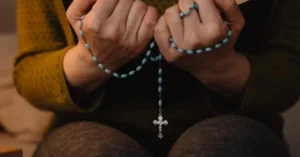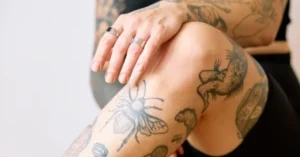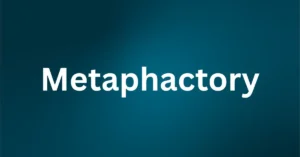In the pursuit of polished, low-maintenance beauty routines, eyebrow enhancement has taken center stage. While pencils and powders once ruled vanities, a new solution has quietly become the preferred choice for people seeking defined yet natural brows: microshading.
If you’re wondering what microshading is and how it differs from traditional eyebrow tattooing or microblading, here’s the short answer: Microshading is a semi-permanent cosmetic technique that uses tiny, precise dots of pigment to create fuller, softly shaded eyebrows, mimicking the look of powder makeup while offering long-lasting results.
Within the first 100 words, we’ve already answered the most immediate question—what it is and what it does. But in the article that follows, we will dig much deeper into the history, science, safety, aesthetics, pros and cons, and cultural significance of microshading as it continues to reshape the global beauty industry.
What Is Microshading?
Microshading is a semi-permanent eyebrow tattooing technique that involves using a stippling method—tiny dots of pigment applied using either a manual hand tool or a cosmetic tattooing machine. Unlike microblading, which mimics individual hair strokes, it creates a soft, powdered effect that resembles filled-in brows with makeup.
Often referred to as “ombre brows” or “powder brows,” the results can range from subtle enhancement to dramatic definition, depending on the client’s preferences, skin type, and chosen technique.
Key Characteristics:
- Uses a dotting or shading technique
- Typically lasts 12 to 24 months, depending on skin type and aftercare
- Suitable for sensitive or oily skin, which may not retain microblading strokes well
- Customizable from soft and natural to bold and structured
This is popular for individuals looking for a smudge-proof, sweat-proof alternative to daily brow makeup, offering shape correction, volume enhancement, and time-saving convenience.
A Brief History of Eyebrow Tattooing
Eyebrow tattooing isn’t new. From traditional tattooing in ancient Egypt to the rise of cosmetic tattooing in the 1980s, humans have long sought ways to shape and define their brows. Early eyebrow tattoos were permanent, bold, and often discolored over time. With limited pigment technology, blue or gray hues would often emerge years after treatment.
The 2010s ushered in microblading, a technique using a handheld blade to draw hair-like strokes into the skin. While it created a more natural look than previous methods, it came with limitations—particularly for oily or sensitive skin types, which blurred or rejected pigment.
Enter microshading. Designed to be gentler, longer-lasting, and more customizable, it combined machine precision with manual artistry, giving rise to what many now consider the next generation of brow enhancement.
The Microshading Procedure: Step-by-Step
Understanding what happens during a microshading session can ease nerves and help you prepare for the process. Here’s a breakdown:
1. Consultation and Brow Mapping
- Your technician evaluates your face shape, bone structure, and natural brow line.
- A brow shape is drawn with pencil to preview your new look.
- The pigment color is selected based on skin tone and hair color.
2. Numbing
- A topical numbing cream is applied and left for 20–30 minutes.
- This helps reduce discomfort during the procedure.
3. Microshading Application
- Using a tattoo machine or manual tool, the artist deposits pigment into the skin in layers.
- The dotting technique allows for precise gradient effects, such as a lighter front and darker tail.
4. Final Adjustments
- Once both brows are shaded, the artist refines symmetry and density.
- A final pass may be done for any uneven patches.
5. Aftercare Instructions
- You’ll be given guidance on how to protect and heal the area for optimal pigment retention.
Healing Timeline and Aftercare
Microshading results evolve over several weeks. Here’s a typical healing timeline:
Week 1:
- Brows may appear dark and intense.
- Minor redness or swelling is normal.
- Some scabbing or flaking occurs—don’t pick!
Week 2:
- Pigment lightens by 30–40% as skin regenerates.
- Brows may appear patchy temporarily.
Week 3–4:
- Color begins to settle.
- True shape and shade start to emerge.
Week 6–8:
- A touch-up appointment is recommended to perfect color and symmetry.
Aftercare Tips:
- Avoid water, sweat, and sun exposure for 7–10 days.
- Apply healing ointment as directed.
- No makeup or skincare products near the brows until fully healed.
Who Is Microshading For?
Microshading is suitable for almost anyone looking for long-term brow enhancement, but it’s especially ideal for:
- People with oily or combination skin, who struggle with microblading retention
- Clients with sparse, uneven, or over-plucked brows
- Those who prefer the makeup look of powdered or penciled brows
- Individuals with sensitive skin who may react to more aggressive techniques
- Clients seeking low-maintenance beauty solutions
However, it may not be recommended for:
- Pregnant or breastfeeding individuals
- Those with certain skin conditions (e.g., eczema, psoriasis) near the brow area
- Individuals with blood clotting disorders or on blood-thinning medication
- People who’ve had recent chemical peels or laser treatments
Always consult with a certified technician and medical professional if uncertain.
Microshading vs. Microblading: What’s the Difference?
| Feature | Microshading | Microblading |
| Technique | Dotting/stippling | Blade-like strokes |
| Look | Powdered or ombré effect | Hair-like strokes |
| Best for Skin Type | Oily, sensitive, combination | Dry to normal |
| Longevity | 1.5 to 2 years | 1 to 1.5 years |
| Pain Level | Low to moderate | Moderate |
| Healing Time | About 2 weeks | About 2 weeks |
| Customization | High (gradients, boldness, shape) | High (stroke direction, density) |
Many technicians now offer hybrid brow techniques, combining both methods for a realistic yet defined look.
Risks and Safety Considerations
When performed by a licensed, experienced technician, microshading is generally safe. However, like any cosmetic procedure, it carries some risks:
Possible Side Effects:
- Infection (if hygiene protocols are not followed)
- Allergic reactions to pigment or numbing agents
- Pigment migration or fading into unexpected colors (rare)
- Scarring or keloids in individuals prone to them
Safety Checklist:
- Ensure your artist is certified in permanent makeup
- Check for health department inspection and licensing
- Verify that new, sterile tools are used
- Read client reviews or ask for healed result photos
Do not compromise on price—this is a facial tattoo, and the results are semi-permanent.
Microshading Trends in 2025
The beauty industry is rapidly evolving, and microshading has adapted accordingly. Emerging trends include:
1. Hyper-Realistic Ombre Brows
Technicians are mastering ultra-gradual transitions from light to dark, mimicking digital makeup filters in real life.
2. Nanoshading Tools
Using ultra-fine needles for smoother application and faster healing.
3. Botanical Pigments
Natural, plant-based inks for clients with sensitivity or ethical concerns.
4. Men’s Brow Shading
An increasing number of men are turning to microshading for natural, fuller brows—especially post hair loss or due to aging.
5. Brow Rehabilitation
Microshading is now part of recovery for chemotherapy patients or those with alopecia, offering confidence through non-invasive aesthetic solutions.
Cost of Microshading
The price of microshading varies by location, artist experience, and studio reputation. Generally:
- Initial session: $300–$800
- Touch-up (6–8 weeks later): $100–$250
- Annual maintenance: $150–$400
Always ask what’s included in the cost. Some packages include consultations, aftercare kits, and free touch-ups, while others charge separately.
Cultural and Psychological Significance
Eyebrows are more than just facial features—they’re cultural signifiers, confidence markers, and identity anchors.
Microshading empowers individuals in multiple ways:
- Restoring symmetry and definition after hair loss
- Saving time in daily routines
- Boosting self-esteem with long-lasting results
- Offering gender-affirming results for trans or non-binary individuals seeking facial harmony
In a world of filters and fast-paced beauty, microshading offers something rare: authentic, lasting confidence that doesn’t wash off.
Conclusion
Microshading has quietly revolutionized how we define beauty and brows. It represents the meeting point of art, science, and self-expression—a technique born from tradition but perfected through modern innovation. Whether you’re seeking bolder brows, correcting asymmetry, or simply tired of filling in your arches every morning, microshading offers a tailored, lasting solution.
What makes it stand out isn’t just the pigment or the needle—it’s the personalized artistry behind every session. In a beauty world craving both convenience and authenticity, microshading delivers both with precision and grace.
FAQs
1. How long does microshading last?
Microshading typically lasts between 12 to 24 months, depending on your skin type, lifestyle, and how well you follow aftercare instructions. Regular touch-ups help maintain color and shape.
2. Does microshading hurt?
Most clients report mild discomfort, similar to a scratch or vibration. Numbing cream is applied beforehand to minimize pain.
3. Can I wear makeup after microshading?
Avoid wearing makeup near your eyebrows for at least 10 days post-procedure to prevent infection and ensure proper healing.
4. Is microshading better than microblading?
It depends on your skin type and desired look. Microshading suits oily or sensitive skin and provides a soft, filled-in effect, while microblading creates hair-like strokes best for dry skin.
5. What happens if I don’t like my microshading?
While microshading fades naturally over time, light removal or correction procedures are available. Always communicate openly with your artist during the consultation to avoid dissatisfaction.
For more information, click here.

